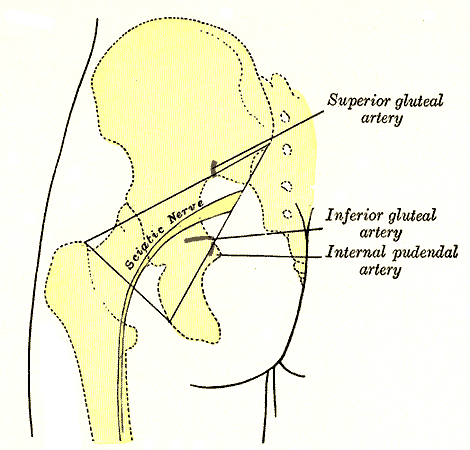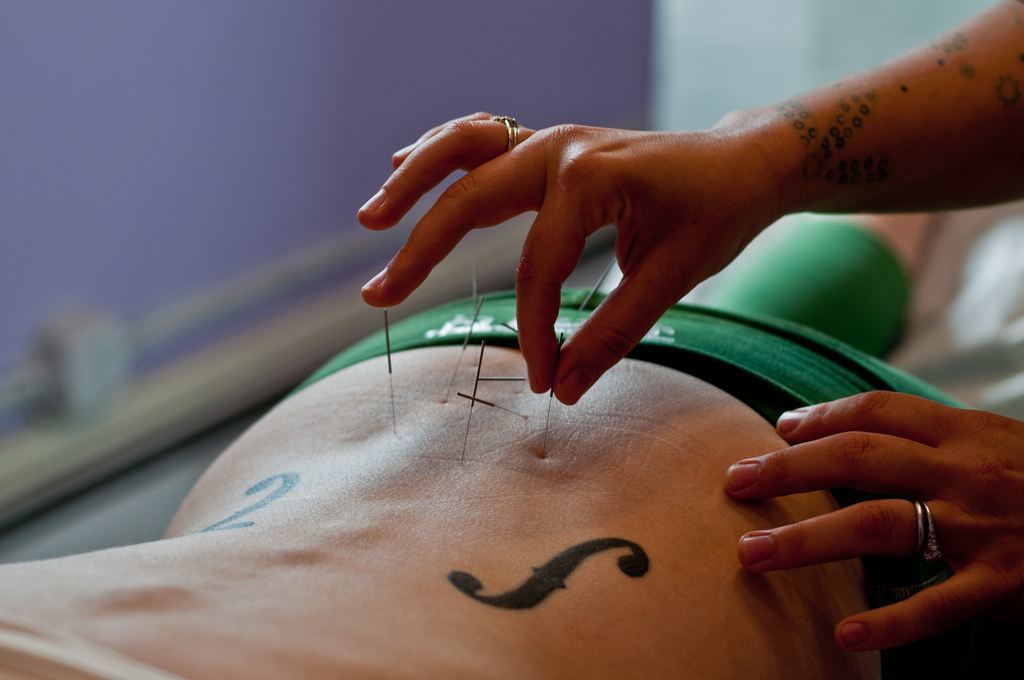
Sciatica Treatment
Performed by the award winning doctors in Raleigh, North Carolina

Sciatica is a type of pain that stems from the irritation or inflammation of the sciatic nerve. The sciatic nerve is the longest nerve within the human body, running from the spinal cord through the buttocks and down each leg, ending right below the knee. The sciatic nerve is a very important component in the body, as it affects the ability to control and feel sensations within the legs.
Any type of ailment originating with this nerve can result in mild to severe sciatica. Common symptoms are leg pain (which can feel like shooting, burning, cramping, and throbbing types of pain), tingling and numbness in the legs and feet, and pain throughout the lower back and buttocks. Patients frequently report more severe pain when sitting for long periods of time, or when coughing or sneezing. Symptoms of sciatica that progressively get worse can be a sign of actual sciatic nerve damage.
Treatments for Sciatica are generally non-to minimally invasive and are conservative in nature.
Use the form on the right to request a call from our Patient Concierge Group.
Give us a call today at (919) 787-7246.[/color-box]
What Causes Sciatica?
Treatments for Sciatica

The treatment goal for patients with sciatica is to increase mobility of the lower extremities and decrease pain symptoms. Natural types of therapy like exercise, physical therapy, massage, a balanced nutritious diet, and rest have been found to aid in pain relief. Simple life choices can also have a positive effect on treatment goals, such as sleeping on a firm mattress, wearing comfortable shoes, and only standing on the feet for short periods of time.
For patients with more severe cases of sciatica, interventional types of treatment options can be explored. A physician will frequently recommend injections such as epidural steroid injections, trigger point injections, and Botox, which have produced successful results. Techniques like biofeedback, intrathecal pump implants, and spinal cord stimulation have also effectively shown a decrease in pain symptoms.
In addition, there are alternative treatment options for patients. Acupuncture, yoga, and transcutaneous electrical stimulation can provide pain relief with little or no known side effects. These therapies work well for patients who would prefer to find a treatment plan that does not involve prescribed medication or physical injections due to preference or an existing medical condition.

